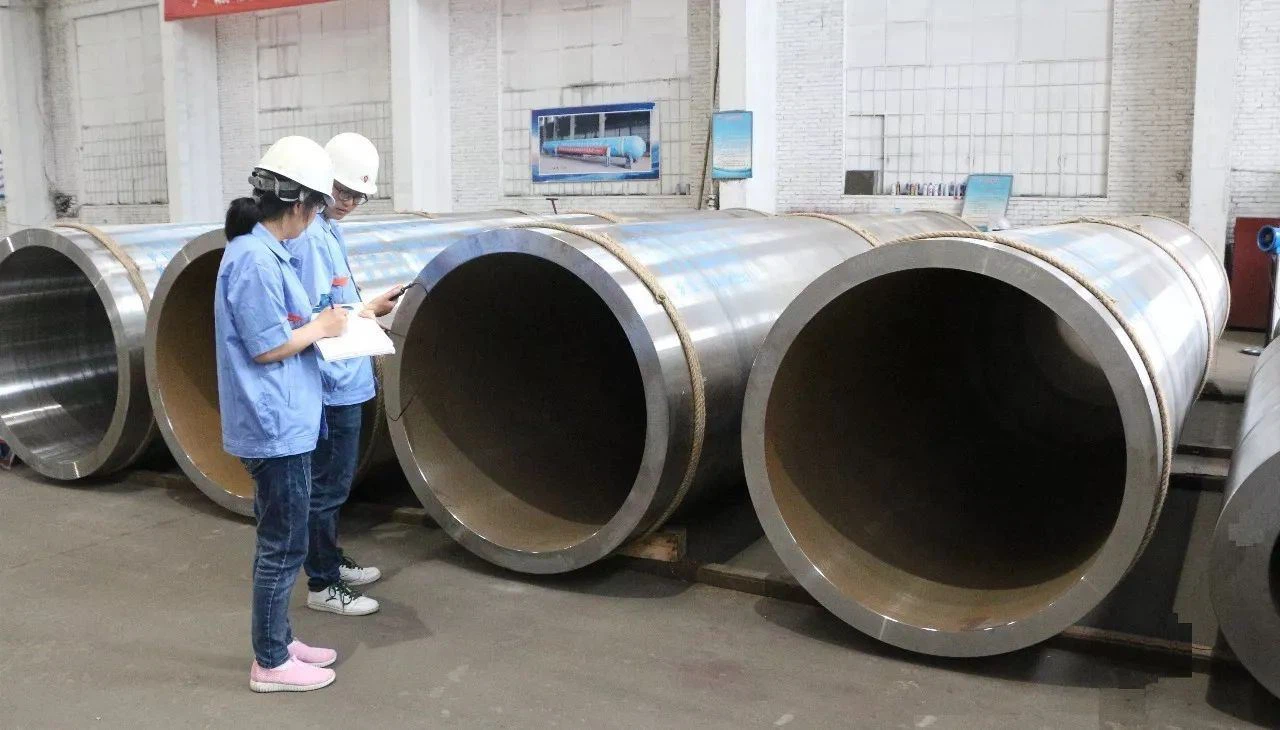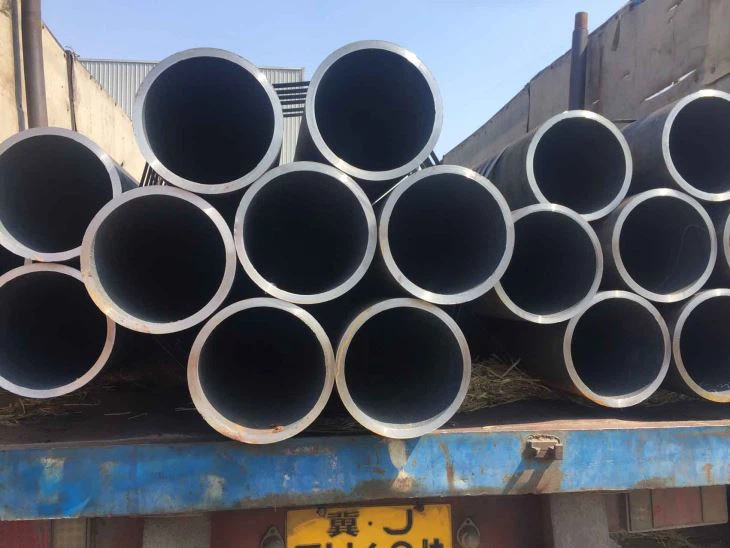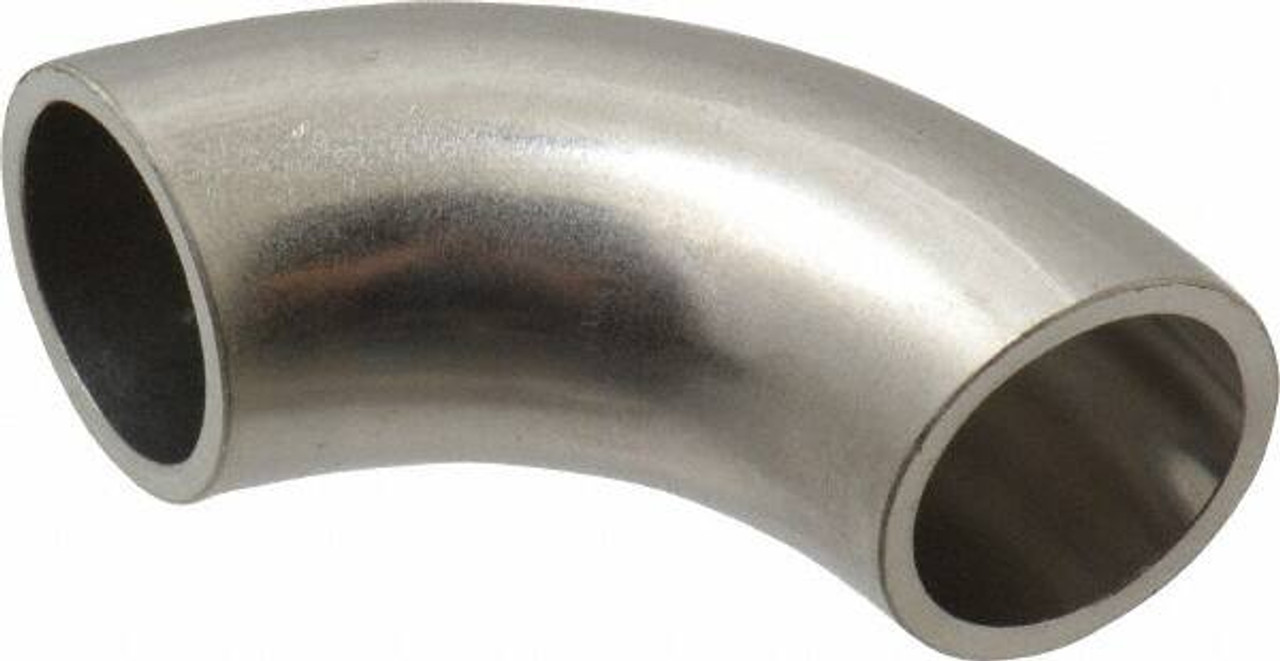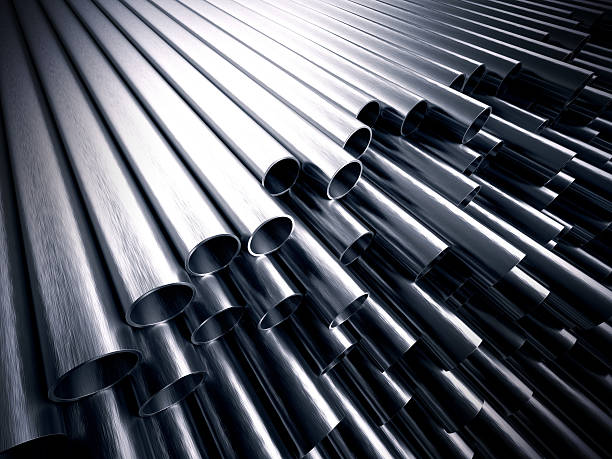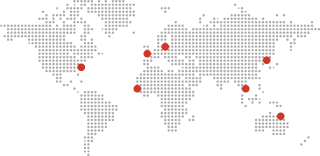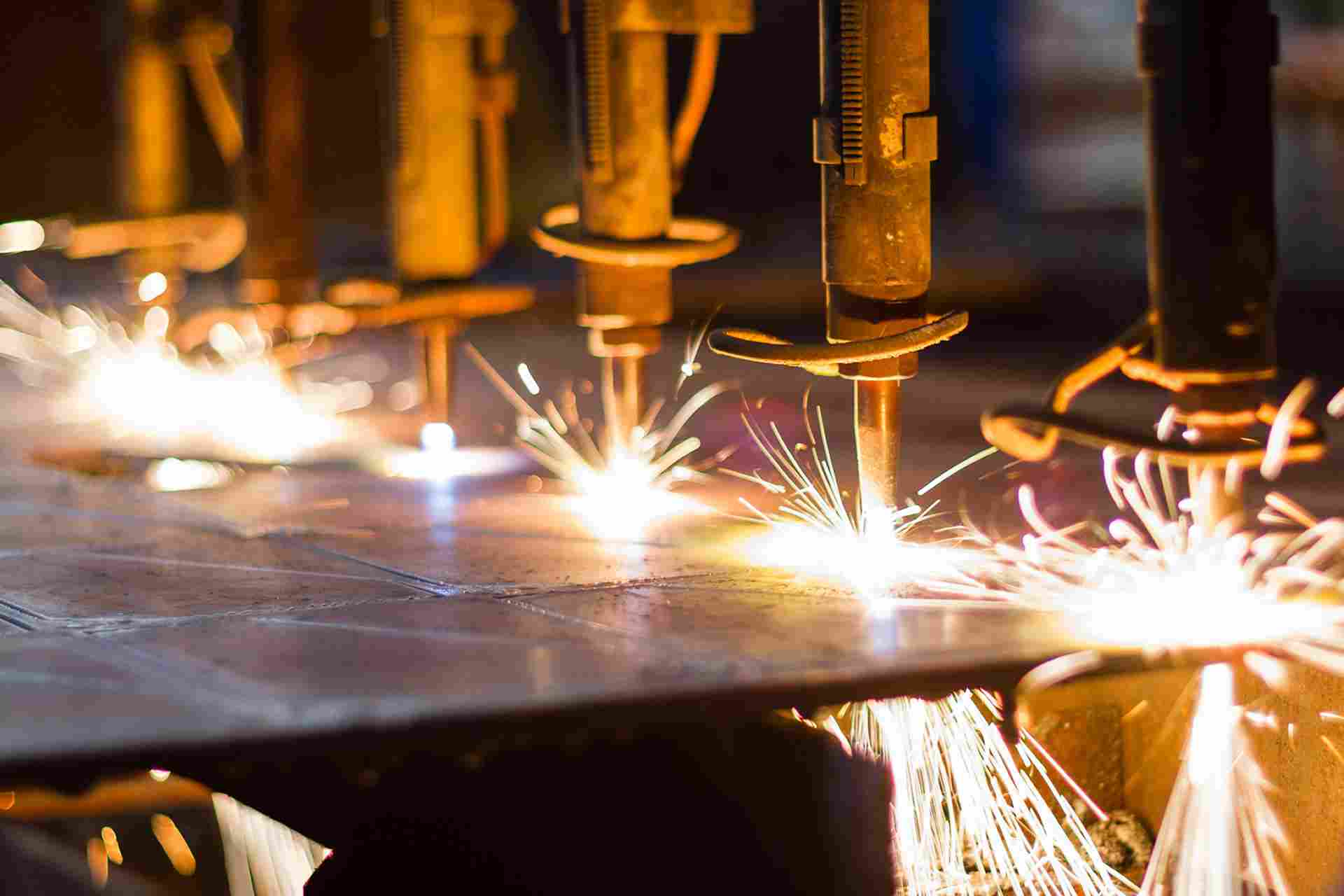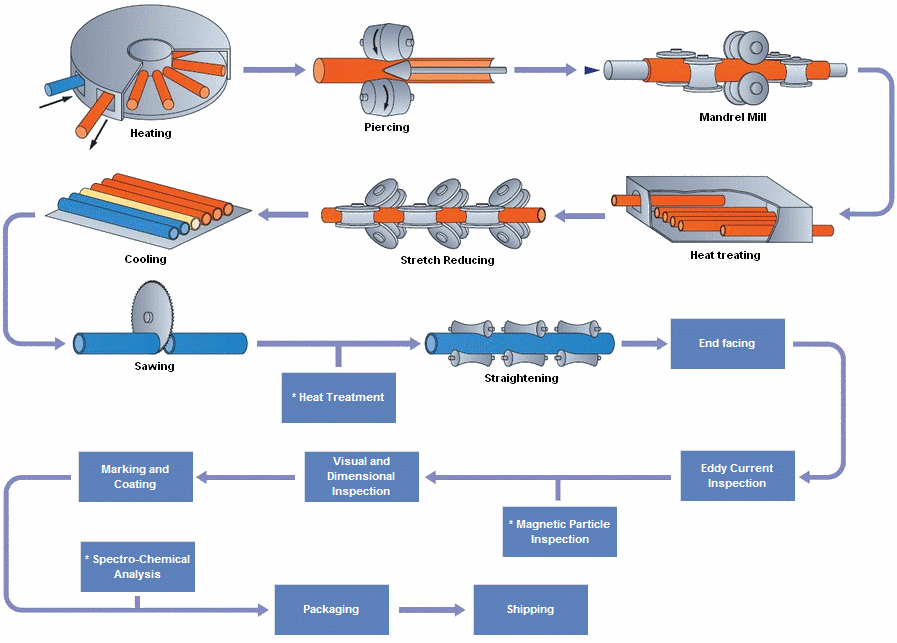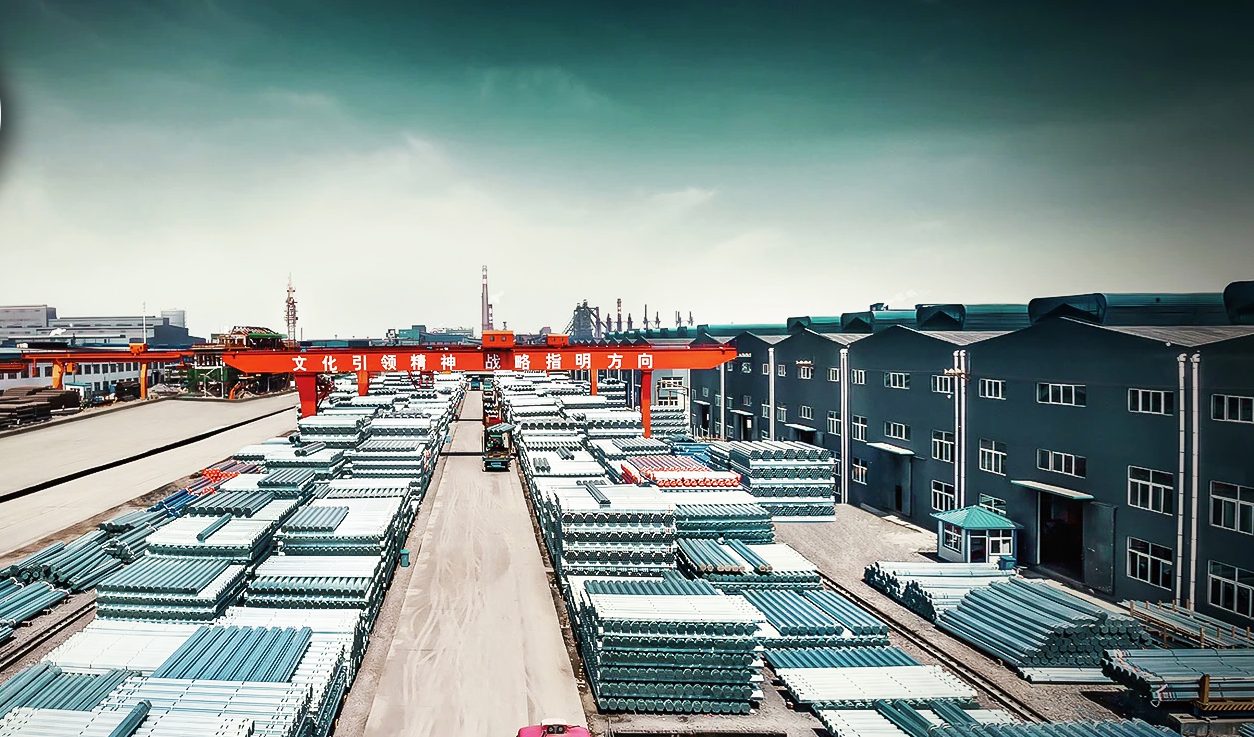Large-diameter thick-walled seamless steel pipes, produced through advanced processes like hot piercing and heat treatment, offer exceptional strength and reliability. International grades from EN (p.ej., 34CrMo4) and ASTM (p.ej., A519 4140) alongside GB standards meet diverse needs, from hydraulic cylinders to energy infrastructure, ensuring performance under high pressure and stress.
Tecnología
Para cilindros hidráulicos de alta presión, tuberías de acero sin costuras como ST52 (E355), SAE 4140 (42CrMo), 37Minnesota, y 34CRMO4 son ampliamente utilizados, adherido a los estándares como DIN 2391, ASTM A519, y GB 18248. Estos grados ofrecen la fuerza necesaria, tenacidad, y precisión para garantizar la seguridad y el rendimiento bajo presiones extremas. La selección depende de requisitos de presión específicos, condición ambiental, y procesos de fabricación como perfeccionar o tratamiento térmico.
La soldadura de tuberías de UNS N08825 exige un enfoque holístico que integre la ciencia de los materiales, ingeniería de procesos, y estricto control de calidad. Optimizando los parámetros TIG/MIG/SMAW, Mitigando defectos a través de tratamientos previos/post-soldados, y adherirse a los estándares internacionales, Las industrias pueden aprovechar el máximo potencial de la aleación en entornos corrosivos y de alta temperatura. Los avances continuos en las tecnologías de soldadura prometen una mayor eficiencia y confiabilidad para futuras aplicaciones.
Soldadura 625 y P22 requiere un control meticuloso de los gradientes térmicos, selección de relleno, y tratamientos post-soldados para abordar las incompatibilidades metalúrgicas. Estándares de la industria y procesos avanzados (p.ej., Embalsar, soldadura por láser) Mejorar la fiabilidad conjunta en aplicaciones críticas. La innovación continua en la tecnología de soldadura optimizará aún más estas juntas diferentes para entornos extremos.
Through the welding practice of more than 400 dyne ports in the gasification section of the Liuguo Chemical Ammonia Synthesis Device, it is shown that the above welding process can completely ensure the welding quality. Judging from the result of the passing rate of 96%, it is sufficient. Prove this.
Para resumir, Nickel 200's surface treatment technology includes methods such as pickling, superficies brillantes de recocido y pulido. Estas tecnologías tienen sus ventajas únicas y margen de mejora en diferentes escenarios de aplicación..
La elección entre Inconel® X-750 (EE. UU. N07750) y aleación de níquel 600 depende en gran medida de los requisitos específicos de la aplicación: Elija Inconel X-750 para el alto estrés, Aplicaciones de alta temperatura donde la resistencia mecánica, resistencia a la fatiga, y la resistencia a la fluencia son críticas (p.ej., aeroespacial, nuclear, y turbinas de gas). Elija la aleación de níquel 600 Para la resistencia a la corrosión versátil en aplicaciones de uso general o donde la fabricación y la rentabilidad son más importantes (p.ej., procesamiento químico, marina, e intercambiadores de calor).
Hastelloy C-276 se destaca como una de las aleaciones más versátiles y resistentes a la corrosión disponibles en la actualidad. Sus propiedades únicas lo hacen indispensable en las industrias donde el rendimiento y la confiabilidad son primordiales. Desde resistir los ácidos agresivos en plantas químicas hasta soportar las duras condiciones de los ambientes marinos, Hastelloy C-276 ha demostrado que vale la pena una y otra vez. Si bien sus desafíos de alto costo y fabricación pueden plantear limitaciones, Los beneficios que ofrece superan con creces estos inconvenientes para aplicaciones críticas. A medida que las industrias globales continúan empujando los límites de la innovación, Hastelloy C-276 seguirá siendo un material fundamental para entornos exigentes, garantizando la seguridad, eficiencia, y durabilidad en los próximos años.
The CFD analysis of water flow inside buttweld elbow pipes reveals that the normal-edged elbow pipe outperforms the sharp-edged elbow pipe in terms of flow efficiency, consumo de energía, e integridad estructural. Los hallazgos clave incluyen:
When selecting between seamless and welded high nickel alloy pipes, consider factors such as pressure requirements, resistencia a la corrosión, cost, and size availability to ensure that you choose the right type of pipe for your project. For more information or assistance in selecting the right pipe, consult with a materials specialist or supplier who can help guide you through the decision-making process.

